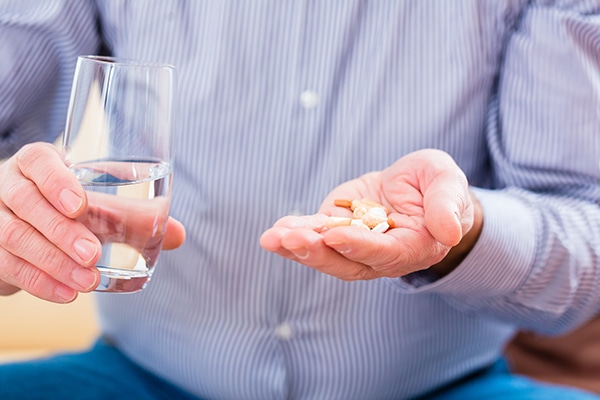Measurements
Administration of medications
Presentación
The medication can be measured in different ways. You may see teaspoon (tsp), tablespoons (tbsp or TDA) or milliliters (ml) on the dosing device. It is easier to measure the correct amount with a dosing device that uses milliliters (ml). Watch very carefully how the dosage amount is written.
The rule of three is the procedure to obtain the exact dosage indicated, even in very small quantities, and thus avoid adverse reactions due to drug concentration. First, you must accurately and precisely calculate the dilution of the prescribed drug.
Drugs enter the body by various routes. These can be:
- Oral route: The medicine is taken by mouth and swallowed. It can be in the form of pills, capsules, tablet, liquid syrup, among others.
- Sublingual route: The medication is placed under the tongue and allowed to dissolve so that it is absorbed through the blood vessels in the mouth.
- Topical route: The medication is applied on the skin to be absorbed. It can be in the form of an ointment, cream, lotion, gel, among others.
- Parenteral route: The medication is administered through a needle and syringe into the muscle, vein, or under the skin.
- Inhalation route: The drug is inhaled to be absorbed by the lungs. It can be in the form of an aerosol, inhaler, nebulizer, among others.
- Rectal route: The drug is introduced into the rectum in the form of suppository, enema, or cream.
- Ophthalmic route: The drug is applied directly into the eye in the form of drops or ointment.
Metabolism of drugs
Some drugs are chemically altered by the body (metabolized). The substances resulting from metabolism (metabolites) may be inactive or, on the contrary, have a therapeutic action or toxicity similar to or different from that of the original drug. Some drugs, called prodrugs, are administered in an inactive form, which is then metabolized into an active form. The resulting active metabolites produce the desired therapeutic effects. These metabolites can in turn be metabolized, rather than excreted from the body. Subsequent metabolites are ultimately excreted. Excretion involves the removal of the drug from the body, for example, in the urine or bile.Many drugs pass through the liver, which is the main site of their metabolism. Once in the liver, liver enzymes convert prodrugs into active metabolites or active drugs into inactive forms. The liver's primary mechanism for drug metabolism is through a specific group of enzymes called cytochrome P-450. The concentrations of P-450 enzymes control the rate of metabolization of many drugs. Since the metabolizing capacity of these enzymes is limited, they can become overloaded when blood concentrations of a drug are high.




Comentarios
Publicar un comentario